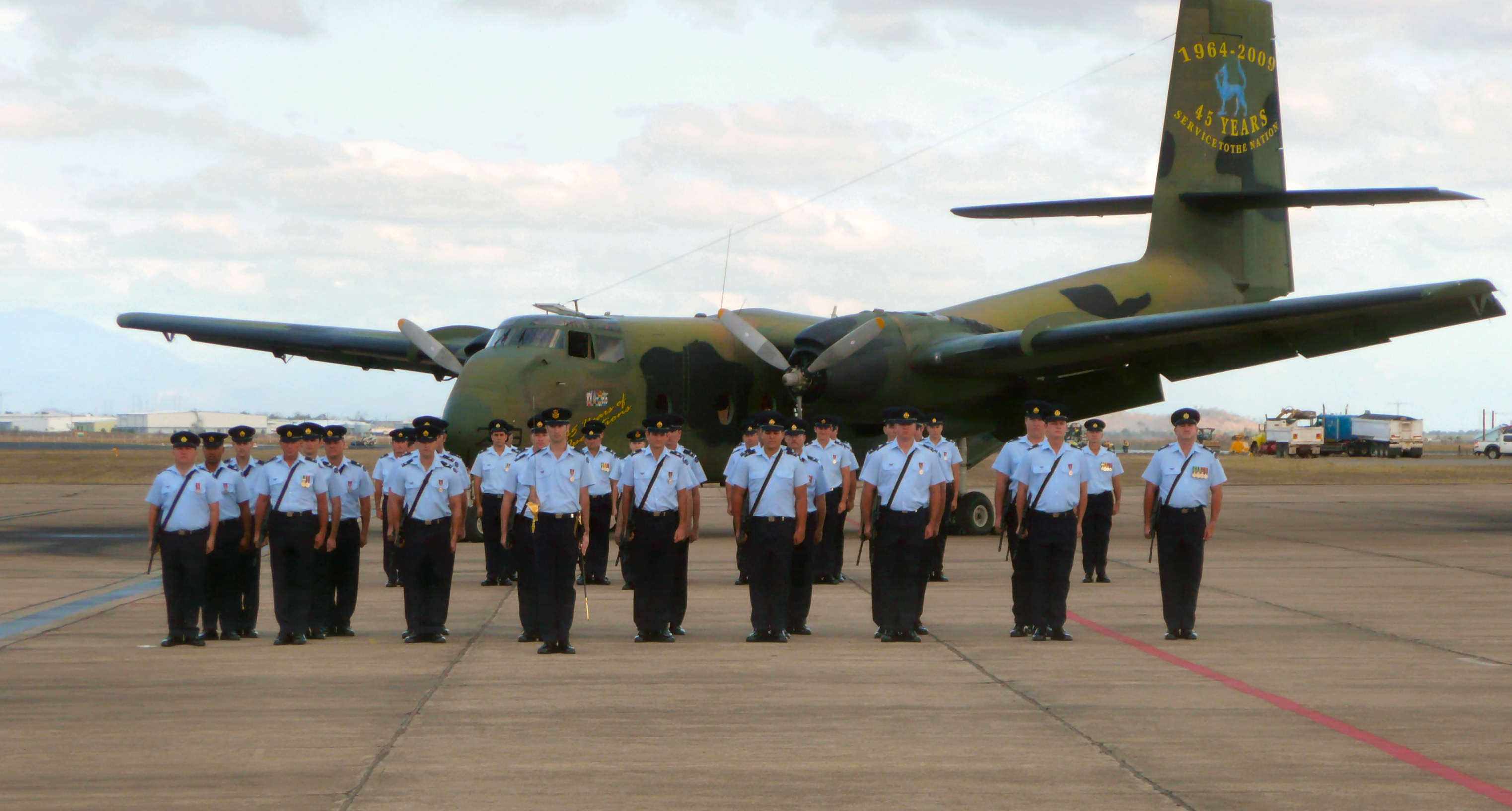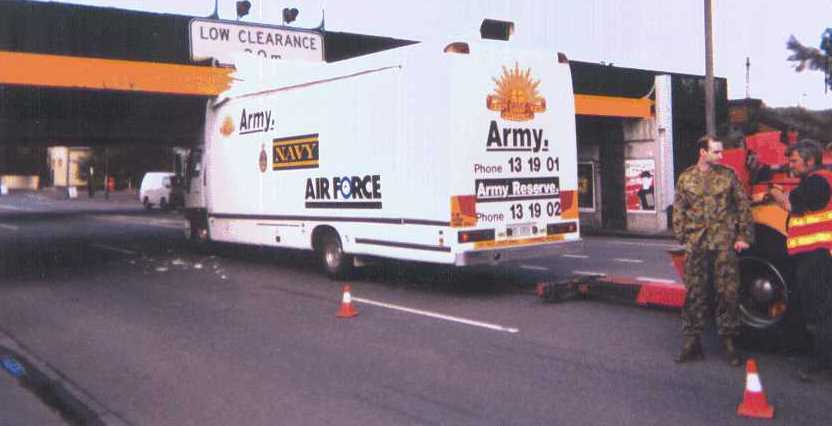|
|
||||||
|
||||||
|
Privacy Policy | Editorial Policy | Profit Policy | Join the Association | List of Members | Contact us | Index | Links |
||||||
|
Back Go to page: 1 2 3 4 5 6 7 8 9 10 11 12 13 14 15 16 17 18 19 20 Forward
|
||||||
|
|
||||||
|
The People I meet.
Just the other day I was enjoying a quiet lunch at Brisbane’s premier restaurant – the Jade Buddha. Being the quiet and refined type of person that I am, I had liberally dosed myself with Old Spice in an attempt to conceal the Radtechitis that I knew would be naturally emanating from my person and judging by the lack of attention I was getting from the beautiful damsels all around, I had made a judicious decision. It was a nice change not being swamped and adorned as though I was the Beetles or Elvis Presley.
I was sitting out in the open, enjoying the rare solitude I’m allowed, lapping up the cooling breeze, when unexpectedly, a minute whiff of Radtechitis escaped and drifted skywards. As sometimes happens over Queensland, and unbeknown to my person, the jet stream had dropped down to 300 ft that day and had taken on a north-west to south-east directional flow and that minute whiff was whisked away and headed for Byron Bay. |
||||||
|
|
||||||
|
Nikki Fury, Honourable person, Anna Loisa. |
||||||
|
At about this time, 2 lovely young ladies were quietly sitting in the beer-garden at Strops pub on the headland at Byron Bay, enjoying a sars and a chicken and cucumber sandwich (crusts removed), when out of the blue, that elusive whiff of Radtechitis dropped out of the jet stream and was inhaled by the girls. From then on, their conscious self was shattered and basic instinct took hold. They had to have more.
Tossing their half-eaten chicken and cucumber sandwiches (crusts removed) into the bin, they mounted their trusty skate boards and scooted off north following the scented jet stream looking for the source of that Radtechitis. A short time later, with blued bearings and smoke pouring off the skate board’s wheels, the girls arrived at the Jade Buddha, raced in and draped themselves upon my person in an attempt to ingest that allusive Radtechitis. I was sympathetic to their plight and allowed them to adhere themselves to my person for several hours before I was forced to extricate myself.
Sometimes, having Radtechitis is a real chore.
|
||||||
|
The U.S. Navy just got the World’s Largest Uncrewed Ship. |
||||||
|
|
||||||
|
The U.S. Navy recently accepted delivery of a revolutionary uncrewed surface ship, one capable of travelling long distances and conducting missions all without a human on board. The Sea Hunter Anti-Submarine Warfare Continuous Trail Unmanned Vessel—or ACTUV for short—could someday lead to fleets of unmanned warships plying the world’s oceans, doing everything from hunting submarines to acting as spy ships.
The U.S. Navy ordered the ACTUV in 2012 as part of the Pentagon’s broader push into unmanned air, sea, and land systems. It was envisioned as a platform to test the autonomous concept in surface ships, explore how to safely and securely operate unmanned ships for months at a time over thousands of nautical miles and create a vessel capable of tracking enemy diesel-electric submarines.
Built at the Christensen Shipyards in Vancouver, Washington, the 132 foot long, 140 ton ship is the world’s largest uncrewed ship. The pilothouse, necessary for a human crew to control the ship, can be unbolted and removed. The ACTUV has a single hull with two outrigger floats to enhance stability at sea and has a maximum reported speed of 27 knots. From above the ship looks like a Klingon Warbird, its hull and two floats slicing through the water, leaving three wakes. See HERE.
An autonomous ship like the ACTUV would make an excellent submarine hunter. Conventionally-powered submarines, which make up the bulk of the world’s submarine fleets, can stay underwater for up to two weeks at a time. That’s longer than a helicopter or fixed-wing aircraft can stay on station, and a crewed surface ship puts the hunter at risk of becoming the hunted. An uncrewed ship, however, can track an enemy submarine as long as it takes for the sub to make a fatal mistake, then attack with a lightweight homing torpedo.
The ACTUV went to sea in October 2016 and spent 2017 undergoing a series of progressively more difficult tests at sea. Along the way, DARPA realized some important things. For one, the ship was also useful for launching the TALON elevated sensor mast. TALON is basically a militarized parasail towed behind a ship, lifting a 150 pound payload up to 1,500 feet above sea level. Possible payloads for TALON include communications relays in situations where satellite-based communications are unavailable and so-called “intelligence, surveillance, and reconnaissance (ISR) sensor packages. See HERE.
Along the way, DARPA has expanded the potential roles for the ACTUV. No longer just an anti-submarine warfare platform, in 2016 DARPA was referring to the ship as a “payload truck” and the name was changed to Sea Hunter. TALON aside, the possibilities for an uncrewed surface ship are pretty much endless. Uncrewed ships could shoot it out with swarms of Iranian speedboats in the Straits of Hormuz, lay in ambush for a Chinese Navy surface task force, brimming with anti-ship missiles hidden under a stealthy exterior, or sail up and down the North Korean coastline, scooping up radio signals with a spy package hovering a third of a mile above it on TALON, all without exposing a single friendly sailor to danger. Uncrewed ships could even conduct resupply runs in dangerous waters, bring fresh missiles, torpedoes, and other supplies to ships at sea while sending injured sailors back to the rear.
Ships like Sea Hunter are also the future because they have to be. The U.S. Navy has only a limited number of crewed hulls to handle missions at hand, and the personnel costs involved in crewing those ships are a major part of the Navy’s budget. Small uncrewed ships offer a clever, cost-effective alternative. Sea Hunter doesn’t have an engineering section, or ship’s mess section, or anyone else whose role is to keep the ship and crew running. Sea Hunter’s autonomous nature means that a land-based crew need only man the ship’s sensors and weapons, when the ship is in action. A single crew could likely operate multiple Sea Hunters, only “crewing” them when the ship is in action.
Sea Hunter will operate under the Navy’s Office of Naval Research, where it will “develop (Sea Hunter) technologies, including automating payload and sensor data processing, rapidly developing new mission-specific autonomous behaviors, and exploring autonomous coordination among multiple (Unmanned Surface Vehicles)”. After that, likely some time in 2018, Sea Hunter will move on to become part of the broader U.S. Navy and could be assigned to actual real-world missions.
|
||||||
|
Is it good if a vacuum really sucks? |
||||||
|
|
||||||
|
Future of Townsville air force squadron uncertain.
Over two years ago, the Townsville Bulletin’s headline suggested that RAAF Townsville’s future could be short lived. It said:
“A Townsville air force squadron which operated the iconic Caribou aircraft for 45 years may be disbanded, with personnel moved from the city. It is understood the RAAF’s 38 Squadron will have its wings clipped from as early as next year, after staff were briefed on a Defence Department plan to disband the squadron when its contract ends in 2018.
About 60 air force members and 25 maintenance contractors from Hawker Pacific who work with the unit are expected to be affected. Of the eight RAAF units based in Townsville, No. 38 Squadron is the only air mobility unit with a primary role to transport troops for military or humanitarian missions.
Other RAAF units include: |
||||||
|
||||||
|
|
||||||
|
Flt Lt Nick Freeman and Captain Dave Davis (Army).
|
||||||
|
City leaders yesterday called on the Defence Department to come clean on the plan, saying jobs and livelihoods were at risk, however, Defence Department spokesman refused to clarify the situation, only saying a decision had not been made as to the future of the squadron.
“No decision has yet been made regarding the future of Number 38 Squadron,” a statement read, but a Defence source said all 60 members of the squadron had been notified of the closure and the unit, which currently operates eight King Air 350 after the Caribou was decommissioned in 2009. “From what I’ve been told, the King Airs will be relocated to a South Australian base from some time next year … before being fully disbanded by 2018,” the source said.
“There’s a lot of secrecy at the moment but there has to be a bigger picture as to why Defence is doing this. “Our guess is 38 Squadron will be replaced or absorbed into a new squadron, as Townsville RAAF can’t afford to lose a unit as it’s a deployment base,” the source said. Mayor Jenny Hill said she would ask to meet with RAAF Base Townsville’s Wing Commander to clarify the situation. “I don’t want to jump on shadows until we have a full understanding of what’s going on,” she said. “I want to know if the RAAF will be forming a new squadron and what that will mean for the city.”
Labor leader Bill Shorten urged the Federal Government to clarify the situation. “The Government must urgently clarify the future of 38 Squadron and explain the implications for jobs in Townsville and how the capability the squadron provides will be maintained,” he said.
Herbert MP Ewen Jones said he was not aware of any major plans to downsize. “Defence is an enormous part of Townsville’s economy and we continue to see the significance of this through the hundreds of millions of dollars worth of Federal Government investment at both Lavarack and the RAAF base,” he said.
“I will say that the Government has earmarked significant investment at RAAF Base Townsville into the future.”
However, it seems the time has come. We’ve heard that 38 Sqn will shortly be no more and the aircraft will head for Sale. What a shame.
38SQN was established at RAAF Base Richmond on 15 September 1943. Since then, it’s become the Air Force’s longest continuously serving operational flying squadron, only the Central Flying School (effectively a non-deployable training establishment) has a longer unbroken flying record, in continuous service since 1940.
|
||||||
|
If a word is misspelled in the dictionary, how would we ever know?
|
||||||
|
38 Sqn History.
38SQN was established at RAAF Base Richmond on 15 September 1943. Since then, it’s become the Air Force’s longest continuously serving operational flying squadron, only the Central Flying School (effectively a non-deployable training establishment) has a longer unbroken flying record, in continuous service since 1940.
September 2018 will mark the 75th anniversary of the formation of 38SQN. The 38SQN motto reads ‘Equal to the Task’, and few RAAF units have equalled the variety of operations on which 38SQN has engaged. There’s a party organised – see Page 20.
Today, the Squadron is equipped with eight Beechcraft King Air 350 light transports at RAAF Base Townsville with 60 Air Force personnel and 25 contractors from Hawker Pacific on staff. On the occasion of the Squadron’s 70th anniversary, then Chief of Air Force, AIRMSHL Geoff Brown, congratulated the unit’s members on its rich record of service. ”Over the last 70 years, 38SQN has worked continuously to support both peacetime and military operations, from supporting troops on the frontline to providing much-needed relief following disasters,” AIRMSHL Brown said. “This anniversary is an opportunity to celebrate the squadron’s achievements, as well as remember those who paid the ultimate price and lost their lives in the squadron’s service.”
The genesis of 38SQN came in 1943, which was a turning point for Australian military transport in the South-West Pacific Theatre of World War Two. The Douglas C47 Dakota, which became a staple of Allied air transport throughout the war, began arriving from the United States in serious quantities to equip RAAF transport Squadrons. The Dakota was far more capable than the existing RAAF transports at the time, which were largely civilian airliners that had been pressed into military service. The Dakota featured a larger fuselage that could accommodate bigger loads and carry them further. Its introduction to widespread RAAF service coincided with the increased concentration of RAAF transport operations in northern Australia and into New Guinea. In southern Australian states, a requirement for military transport persisted, both to service the majority of military headquarters as well as reach out to Defence units located along the eastern seaboard of Australia and into Western Australia.
To this end, 38SQN was formed in September 1943 with a fleet of Lockheed Hudsons, a design which had its roots as a commercial airliner before the outbreak of war in Europe saw it converted into a patrol bomber. In 38SQN service, the Hudson would come full circle each aircraft’s offensive armament, which included nose-mounted guns and a dorsal gun turret, were removed. Seating capacity within each aircraft was fitted for 14 passengers. Much like its present-day duties, the role of 38SQN was to transport essential Defence personnel around Australia and into the immediate region, in the Hudson at a ponderous 200 knots.
The Hudson was unpressurised, with a maximum range of 3,000km. It allowed 38SQN to create a transport network from RAAF Base Richmond (with a detachment created in Gorrie, near Larrimah in the Northern Territory). In February 1944, it began re-equipping with the Douglas C-47 which would be operated by the Squadron for nearly 30 years. The Dakota had an increased capacity of 28 passengers, along with the ability to carry cargo and aero-medical evacuation patients or bulkier items of cargo. Following the Japanese Surrender in August 1945, 38SQN flew the first Australian aircraft into Singapore and Japan, with one crew taking Australian journalists to Hiroshima. The unit participated in the return of Australian personnel (including former POWs) from the South Pacific Theatre.
The former CO of 38SQN, SQNLDR John Balfe, recounts in his published wartime memoir – “….And Far From Home” - the emotional scene of 38 SQN Dakota crews inviting former POWs many of whom held captive since the fall of Singapore in 1942 to the cockpit of the Dakota, allowing them to view Darwin from the air as dawn broke. For these rescued POWs, it was their first sight of Australia and brought many to tears.
Sadly, many were never to return. On 18 September 1945, 38SQN experienced its worst ever air disaster with the loss of Dakota A65-61, which crashed in Irian Jaya, in present-day Indonesia. All of the 28 RAAF and Army members on board were killed when, during a return flight from the Japanese surrender in Morotai, their aircraft collided with a mountain range. Little was known about the cause of the accident, and the wreckage of the aircraft and the remains of its occupants were not discovered until 1970.
The immediate post-war years featured some of the most colourful tasking in 38SQN’s history. The unit was spared the axe during the post-war disarmament, and along with 36SQN and 37SQN, formed part of the fortnightly courier flights from Australia to Japan (via Morotai, the Philippines and Okinawa). A 38SQN detachment was established at RAAF Base Pearce and in Port Moresby (then still part of the Australian territory of Papua New Guinea). In May 1946, three Dakotas from 38SQN transported 25 tonnes of pig bristle from Chungking in China to Hong Kong over two weeks. Pig bristles were essential part of paintbrushes, which were a necessary supply for the post-war housing boom. It was extremely hazardous tasking—there were no modern maps of China available to the crews, and the country was descending into civil war. The flight from Hong Kong to Chungking was an 1100km return trip with no available divert airfields.
Alongside Royal Air Force (RAF) Dakota crews conducting the task for the United Kingdom, 38SQN completed eight return flights to Chungking and brought the pig bristles out. In August 1948, 38SQN gave half its pilots to an ‘Australian Squadron’ flying RAF Dakotas during the Berlin Blockade, also known as the Berlin Airlift. Alongside crews from 36SQN, the 38SQN members flew 2062 sorties to Berlin. In June 1950, 38SQN was sent to Changi in Singapore (and later Kuala Lumpur), to provide transport for Commonwealth units engaged with communist forces in the jungles of Malaya. Airlift again proved an essential means of delivering cargo over difficult terrain. During this deployment, half of 38SQN’s strength was sent to Japan to form 30 Transport Flight, supporting Australian units engaged in the Korean War.
In December 1952, 38SQN returned to Australia from Malaya, having carried nearly 780,000 KG of supplies; 17,000 passengers; and 326 aero-medical evacuation patients. On its return to Australia, the squadron effectively absorbed 36SQN, which in turn was re-established in Japan. In early 1954, HRH Queen Elizabeth II conducted her first Royal Tour of Australia as the reigning monarch and was largely flown by 38SQN during the visit.
In March 1954, 38SQN took over VIP flying duties in Canberra, as well as becoming the RAAF’s air movements and transport training squadron. It was relocated to RAAF Base Richmond in 1958, with a number of its personnel posted to 36SQN to operate the C-130A Hercules. During the early 1960s, 38SQN was responsible for a number of ‘hack’ aircraft at RAAF Base Richmond, intended to provide currency flying for Air Force pilots in the Sydney, Williamtown and Canberra area, as well as being available for communications duties. Amongst the Squadron’s fleet included a Meteor, Canberra and Winjeel trainer. |
||||||
|
|
||||||
|
A 38SQN Dakota at Chungking in China, 1946. |
||||||
|
The need to replace the venerable Dakota was well and truly evident by the 1960s. The respective views of Army and Air Force on replacing the Dakota were formed from their recent operational experience. Army wanted a light transport that could carry 32 troops over short distances and support personnel on the frontline. Air Force, having recently introduced the C-130 to great effect, wanted a pressurised transport that could carry 9,000lbs (four tonnes) of cargo over 1300km. The Army won out, with the DHC-4 Caribou being ordered for 38SQN. The first Caribou were collected from the factory in Canada in early 1964 and flown over 25,000km to Australia. Subsequent deliveries of Caribou that year saw aircraft dispatched directly to the RAAF Transport Flight Vietnam (RTFV) in Vung Tau.
While 38SQN itself was not deployed to the Vietnam War, it played a hand in training and supporting the workforce that served with the RTFV, later re-titled 35SQN, until its withdrawal in 1972. In the meantime, 38SQN Caribou were operated in Port Moresby under ‘Detachment A’, with Papua New Guinea (then an Australian territory) being a key proving ground for 38SQN personnel.
The Squadron’s Colours were presented by HRH Prince Philip in April 1971. On 28 August 1972, 38SQN suffered its only fatal accident with the Caribou. Aircraft A4-233 came down in poor weather whilst flying through the Kudjeru Gap in Papua New Guinea, claiming the lives of three RAAF crewmembers along with an Army Ground Liaison Officer, an Instructor, and 19 Army Cadets. Four Cadets survived the accident, discovered by rescue teams four days later. |
||||||
|
|
||||||
|
38 Sqn Det A – 1968. |
||||||
|
In September of 1973, the Dakota was finally retired from 38SQN service. From March 1975 until 1979, the United Nations Military Observer Group in India and Pakistan (UNMOGIP) saw 38SQN deploy a Caribou to the Kashmir region between the two countries. Taking over courier duties from a Royal Canadian Air Force Caribou crew, flying conditions in the Kashmir were perhaps some of the most challenging in the squadron’s history, with some airfields as high as 8500ft and some minimum safe. Air Force had preferred a larger pressurised transport to serve with 38SQN, however Army’s requirement for a smaller transport capable of servicing frontline airstrips won out.
38SQN provided Caribous to support Red Cross operations in East Timor, then emerging from Portugal’s colonial empire. During these operations, a 38SQN Caribou held the ‘distinction’ of being the only RAAF aircraft to be hijacked, as a group of Timorese Democratic Union soldiers forced A4-140 into the air with 54 people on board on September 4. The aircraft was just able to arrive in Darwin safely. (See HERE).
For much of the 1970s and 80s, 38SQN’s work entailed support to Army exercises and assistance to civil communities in Australia and Papua New Guinea. In December 1992, the unit relocated from RAAF Base Richmond where it had spent the majority of the past 49 years to RAAF Base Amberley. From 1997, the Caribou’s cockpit was fitted with NightVision Goggle compatible lighting. In 1999, 86WG Detachment B was established in Darwin, with 35SQN and 38SQN providing Caribou and crews to support operations in East Timor. The deployment continued through the disestablishment of 35SQN in December 2000, which saw 38SQN becoming Air Force’s sole Caribou operating squadron.
The Caribou detachment returned from East Timor in December 2001, however in mid 2003, 38SQN was deployed with its Caribou to the Solomon Islands as part of the peacekeeping mission ’Operation Anode’. Dingo Airlines Support to the civil community continued throughout the Caribou’s twilight years, with 38SQN relocating from RAAF Base Amberley to Townsville in December of 2007. Civil aid to the community continued following flooding in PNG in November 2007; Floods in Ingham, Queensland, in February 2009; and following the crash of a commuter airliner in Kokoda in August of that year. |
||||||
|
|
||||||
|
By 2009 however, the writing was on the wall for 38SQN’s Caribou days. Low serviceability and ageing airframes were leaving 38SQN out of many operational deployments and in December 2009, the Caribou was finally retired from RAAF service. 38SQN had operated the type for 45 years more than two thirds the Squadron’s history.
The announcement had been made to retire the Caribou in early 2009, with a decision made to reallocate three King Air 350s in Army service to 38SQN. Another five new aircraft would be introduced to 38SQN, leased from Hawker Pacific and operated from RAAF Base Townsville. The King Air was intended for 38SQN as an interim light transport, until the selection of a Battlefield Airlifter. In May 2012, it was announced that the C-27J Spartan would be selected as Air Force’s next Battlefield Airlifter, however it would be operated by a re-established 35SQN. The net result of this is that the King Air will equip 38SQN into the foreseeable future.
|
||||||
|
|
||||||
|
On the 70th anniversary of 38SQN, the unit finds itself in a similar circumstance to its formation providing a light courier and transport service with a twin-engine aircraft, intended to provide a flexible regional service to Defence. Its recent history has continued to focus its operational efforts within Australia and in several operations within the Asia Pacific region. For example, the commitment to supporting activities in Papua New Guinea has continued, including the 2012 National Election in that country. In 2011, several 38SQN pilots were attached to the United States Air Force to operate MC12W Liberty, an Intelligence/ Surveillance/Response variant of the King Air.
These pilots were able to operate the aircraft for an extended period in the Middle East Area of Operations, receiving invaluable experience. In November 2013, the position of CO38SQN handed over from incumbent WGCDR Stew Dowrie (right) to incoming WGCDR Michael Burgess-Orton. On the occasion of the unit’s 70th Anniversary, WGCDR Dowrie attributed the squadron’s continuous record to always being needed to provide a reliable transport service. “I think there was never the opportunity to shut us down; we weren’t necessarily at the forefront of operations, but we were always there doing the business,” WGCDR Dowrie said. “For their day, each of those aircraft was considered reliable, dependable and highly effective.” “We’re pretty much doing the same job with the same great calibre of people; it’s just the aircraft that have changed,” he said. “We provide niche light transport that’s flexible, efficient and saves people time and money. But it’s not just for VIPs; it’s for anyone who needs to move quickly.” The squadron also plays a role in giving pilots valuable aviation experience, producing flying instructor candidates and junior pilots capable of transitioning to the large modern fleet Air Force operates.
|
||||||
|
OOOOOPS!
|
||||||
|
|
||||||
|
|
||||||
|
|
||||||
|
Back Go to page: 1 2 3 4 5 6 7 8 9 10 11 12 13 14 15 16 17 18 19 20 Forward |
||||||
|
|

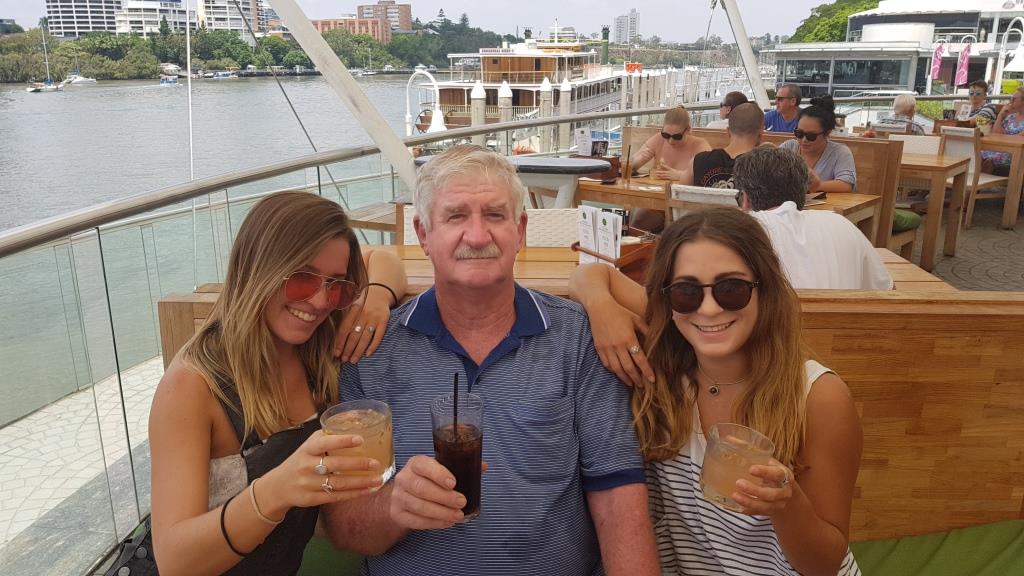
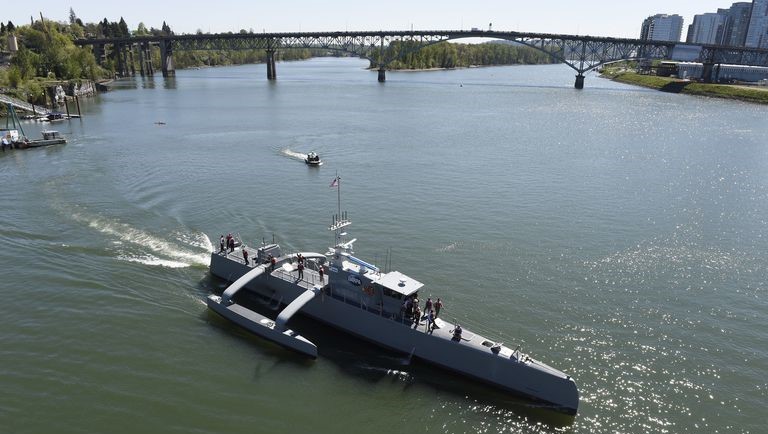
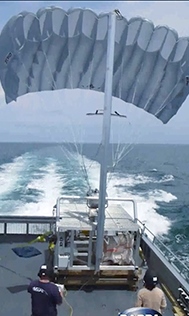

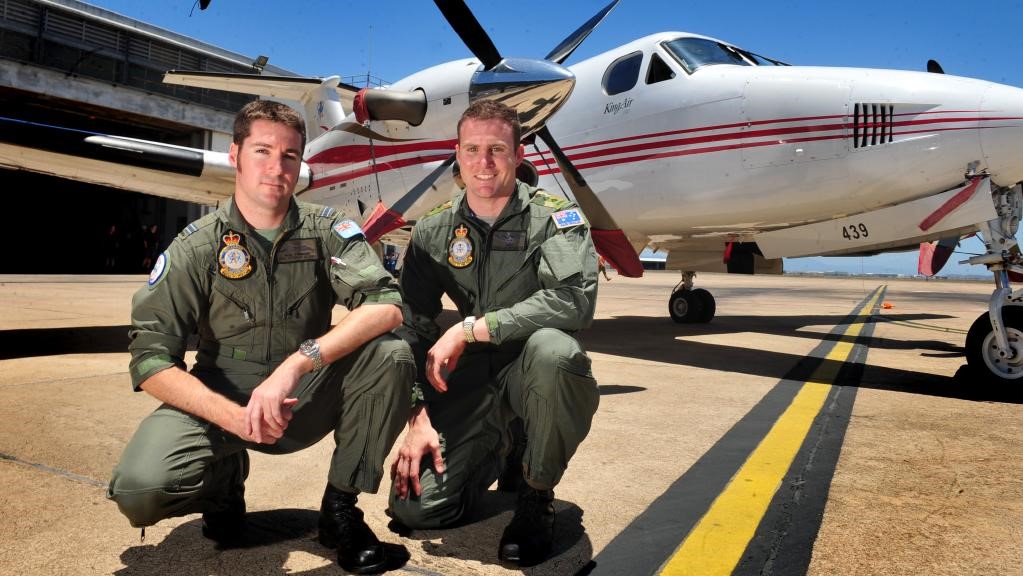

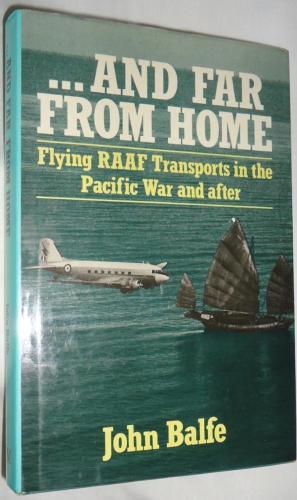
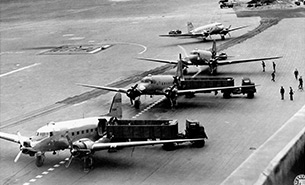
.jpg)
